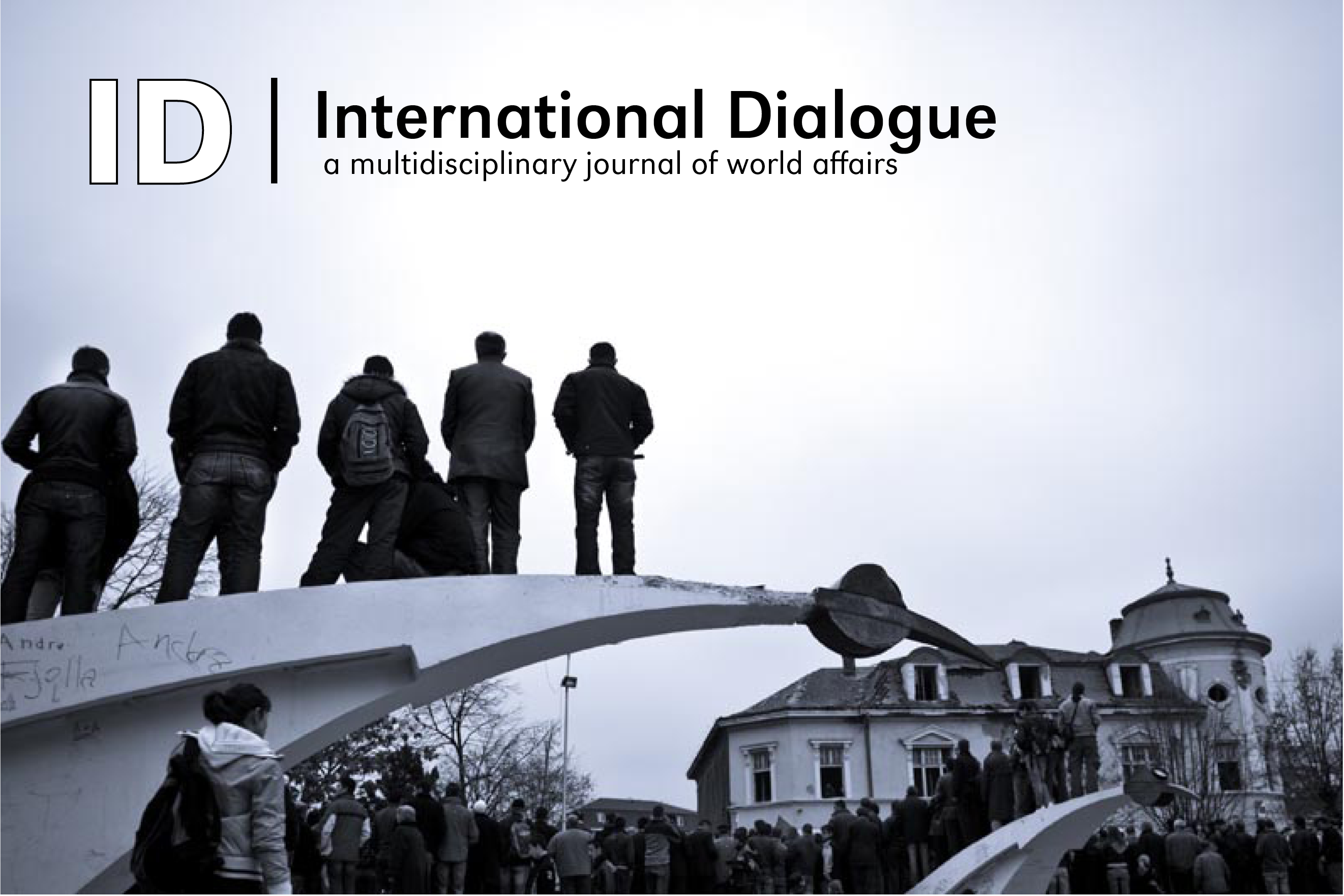International Dialogue

Abstract
Since 9/11 there has been a burgeoning literature on terrorism written by journalists, scholars, policy makers, diplomats, and military professionals. The last decade has also witnessed a dramatic increase in suicide terrorist attacks—violent attacks designed to kill others where the death of the attacker is a necessary part of the action—especially against American interests. There were twenty suicide terrorist attacks worldwide in 2000, one of which was anti-American inspired; the number of such attacks increased ten-fold by 2010, 90% of which were anti-American inspired. Although suicide bombing was used by imperial Japan at the end of World War II, the kamikaze tactics, they have not since been used by nation states. Instead, non-state actors such as Hezbollah, Tamil Tigers, Hamas and al-Qaeda have used suicide attacks since the early 1980s, especially in the last decade. The modern suicide terrorism is usually traced back to the Hezbollah attacks against Israeli military installations and American assets in Lebanon in 1982, and the phenomenon has been studied extensively in recent years. Scholars have offered explanations of the underpinning of such violent and hostile behaviors and suggested policy response to such threats.
Recommended Citation
Sahu, Sunil K.
(2013)
"Cutting the Fuse: The Explosion of Global Suicide Terrorism and How to Stop It,"
International Dialogue: Vol. 3, Article 25.
DOI: https://doi.org/10.32873/uno.dc.ID.3.1.1074
Available at:
https://digitalcommons.unomaha.edu/id-journal/vol3/iss1/25
Included in
Ethics and Political Philosophy Commons, International and Area Studies Commons, International and Intercultural Communication Commons, International Relations Commons, Political Theory Commons
